
“Extinction isn’t always the end of the story.” In a world where stories have a habit of screaming about species being lost forever, there are a few zany critters that are showing us that nature’s got a few tricks up its sleeve. Defying the odds and sometimes defying centuries of human meddling these critters have clawed, flown, or swum back from extinction.
From awe-inspiring scientist rediscoveries to plodding, hard-fought returns from decades of conservation effort, these comebacks are more than feel-good front-page headlines. They’re living testimony that with the proper combination of protection, persistence, and public pressure, ecosystems can recover and species can rebound once more. Here are eight incredible examples of resiliency to make you see the wild world in a new light of hope.

1. Peregrine Falcons Return to Dominance in the Skies
After their virtual extermination by the chemical DDT, peregrine falcons saw their North American populations decline as much as 90% in some areas. The chemical thinned out eggshells, in effect stopping successful hatching. In 1972, when the United States outlawed DDT, recovery groups from federal biologists to hobbyist volunteers stepped in with captive breeding and release efforts. More than 6,000 of the birds were recovered, learning to hunt in some instances from skyscraper rooftops in cities and cliffs in the wild. In 1999, the American peregrine was formally delisted as an endangered species.
Surveys at such places as the Yukon-Charley Rivers National Preserve today reflect healthy populations, with more than 50 nesting pairs where there were only 11 nesting pairs in the 1970s. As Secretary of the Interior Bruce Babbitt commented, “The peregrine falcon is a perfect example of the success we can have when we work in partnership to recover endangered species.”
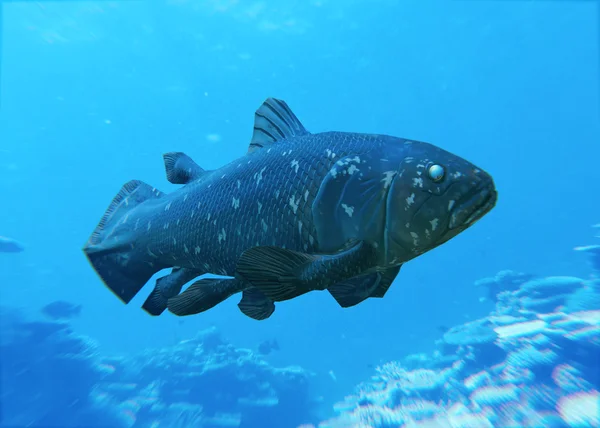
2. The Coelacanth’s Prehistoric Plot Twist
Thought to have been extinct with the dinosaurs 66 million years ago, the coelacanth surprised the scientific community when a live one appeared off the coast of South Africa in 1938. The deep-sea “living fossil” grows up to two meters long, possesses limb-like fins, and is reputed to live for a century. Its rediscovery, documented by ichthyologist J.L.B. Smith as “the most sensational natural history discovery” of the century, uncovered a species evolved to thrive in deep, stable volcanic waters environments that allowed it to endure centuries of change.
Populations are still limited, with only an estimated 300–400 individuals found in some places, but its survival refutes notions of extinction and highlights how much remains unknown about the ocean’s biodiversity.
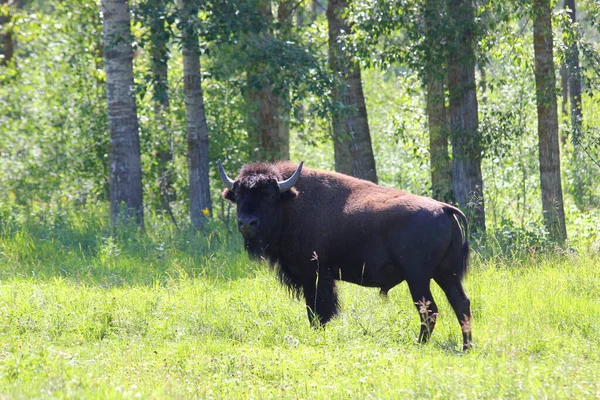
3. American Bison Roam Free Again
By the late 1800s, indiscriminate hunting had depleted the American bison from tens of millions to fewer than 1,000 animals. These keystone grazers, which were vital to the health of the prairie, were nearly lost. Early conservationists, such as private ranchers and public agencies, initiated breeding programs and reserved protected lands.
Throughout the decades, herds were reconstituted in national parks and reserves. Today, bison again roam sections of Yellowstone and the Great Plains, a living reminder of perseverance and evidence that environmental and cultural renewal can exist side by side.
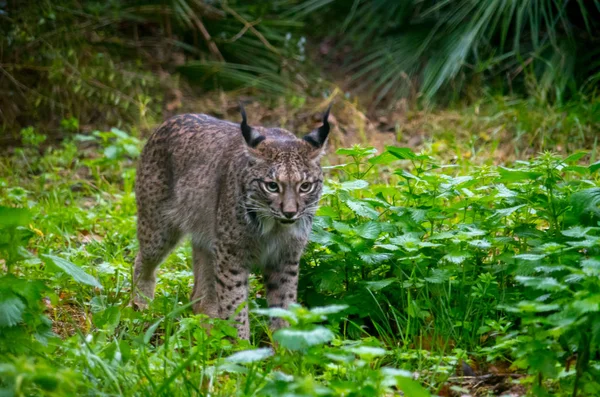
4. Leaps Iberian Lynx Back from Brink
Only 62 breeding-age Iberian lynx remained in the wild in 2001, the globe’s most threatened cat. Loss of habitat, collisions with vehicles, and a decline in European rabbit populations their preferred prey had brought it to the edge of extinction. Directed initiatives in Spain and Portugal, from captive rearing to the creation of ecological corridors, have finally borne fruit.
The number rose to 648 adult lynx by 2024, more than 2,000 lynx in total including juveniles. LIFE Lynx-Connect Project Coordinator Francisco Javier Salcedo Ortiz describes it as “the biggest comeback of a feline species achieved through conservation,” though continued threats compel vigilance.

5. Gray Wolves and the Yellowstone Ripple Effect
Expelled from Yellowstone by the 1930s, gray wolves were returned in 1995 and the system has never been the same. Their return set off a trophic cascade elk changed grazing regimes, willows and aspens recovered, and beavers grew from one colony to nine. Beaver dams enhanced water storage and fish and bird habitat, and wolf kills constituted a reliable food source for scavengers from ravens to grizzlies.
As biologist Doug Smith puts it, “It is like kicking a pebble down a mountain slope triggering an avalanche of change.” The return of the wolves shows how to restore an entire landscape from the brink of death with the return of a top predator.
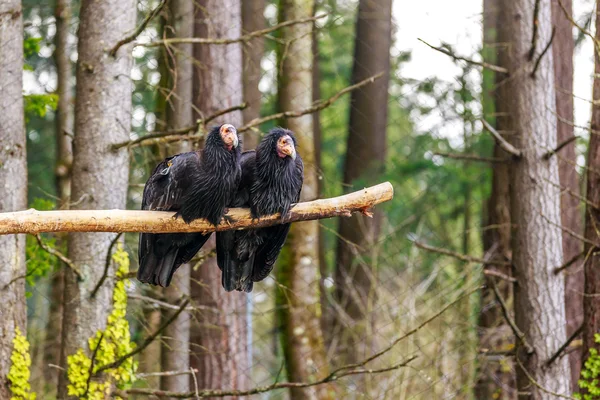
6. California Condors Take to the Skies
Only 22 California condors remained by 1982, having fallen prey to lead poisoning, habitat loss, and gunfire. In 1987, a daring tactic coaxed the last wild birds into captivity. Captive breeding programs at institutions such as the Los Angeles Zoo employed innovative methods, such as hand puppets to avoid chicks imprinting on human caretakers.
Releases in the early 1990s started, and by 2025 there were approximately 400 worldwide, over half soaring free in California, Arizona, and Baja. Lead poisoning continues to be a danger, but to glance upward and see a condor’s 9.5-foot wingspan above western skies is a tribute to decades of determination.
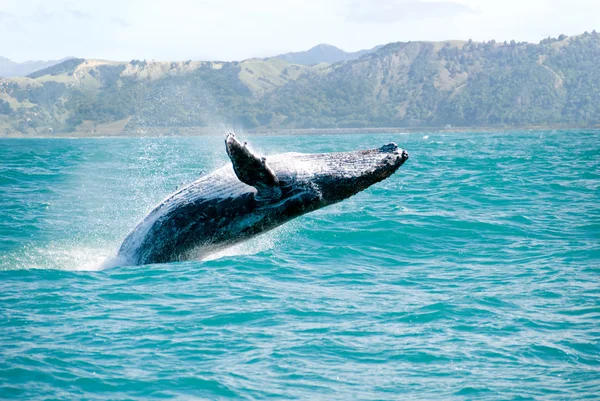
7. Humpback Whales’ South Atlantic Revival
Industrial whaling in South Georgia killed more than 25,000 humpbacks alone between the early 20th century and a 12-year time frame, with only around 450 remaining in the 1950s. A 1966 commercial ban on whaling and protection internationally changed things. Current research indicates that the western South Atlantic population has recovered to near its pre-whaling population of 25,000.
As marine ecologist Jennifer Jackson says, “Now we’re seeing what looks like restoration.” Ongoing challenges like ship strikes and climate-driven shifts in krill populations mean careful management is still needed to secure this ocean giant’s future.
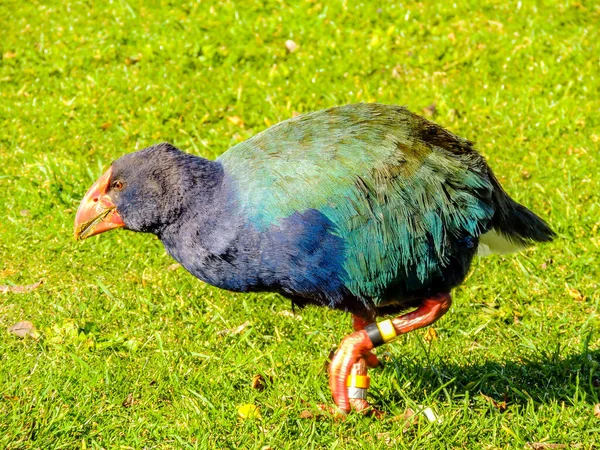
8. Takahe’s Secret Mountain Refuge
Thought to be extinct close to 50 years, New Zealand’s colorful takahe was rediscovered in 1948 deep in a remote Fiordland valley. Now numbering fewer than 300, it remains rare, but intensive management pest control, rehabilitation of habitats, and translocation to predator-free islands has continued the upward trend. Its rediscovery serves to remind us that with an age of mapped and surveyed countryside, nature still has the capacity to surprise us with concealed survivors.
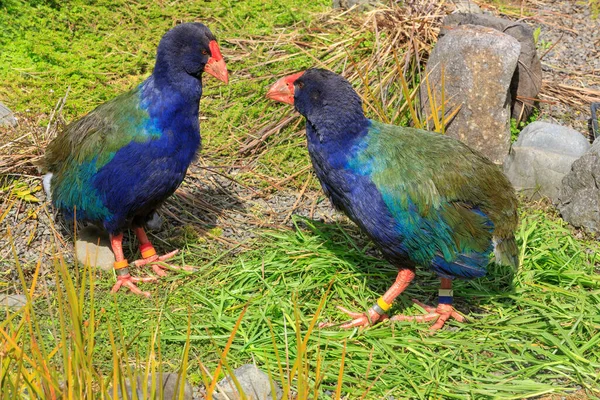
These tales are not merely about animals about the ecosystems they support and the people who wouldn’t give them up. Every time they come back, they affirm that conservation based on science, partnership, and commitment can turn around even the most dire declines. Amidst a world faced with unprecedented extinction threats, these triumphs are an inspiring source of optimism and an urgent reason to continue battling for the wild.


